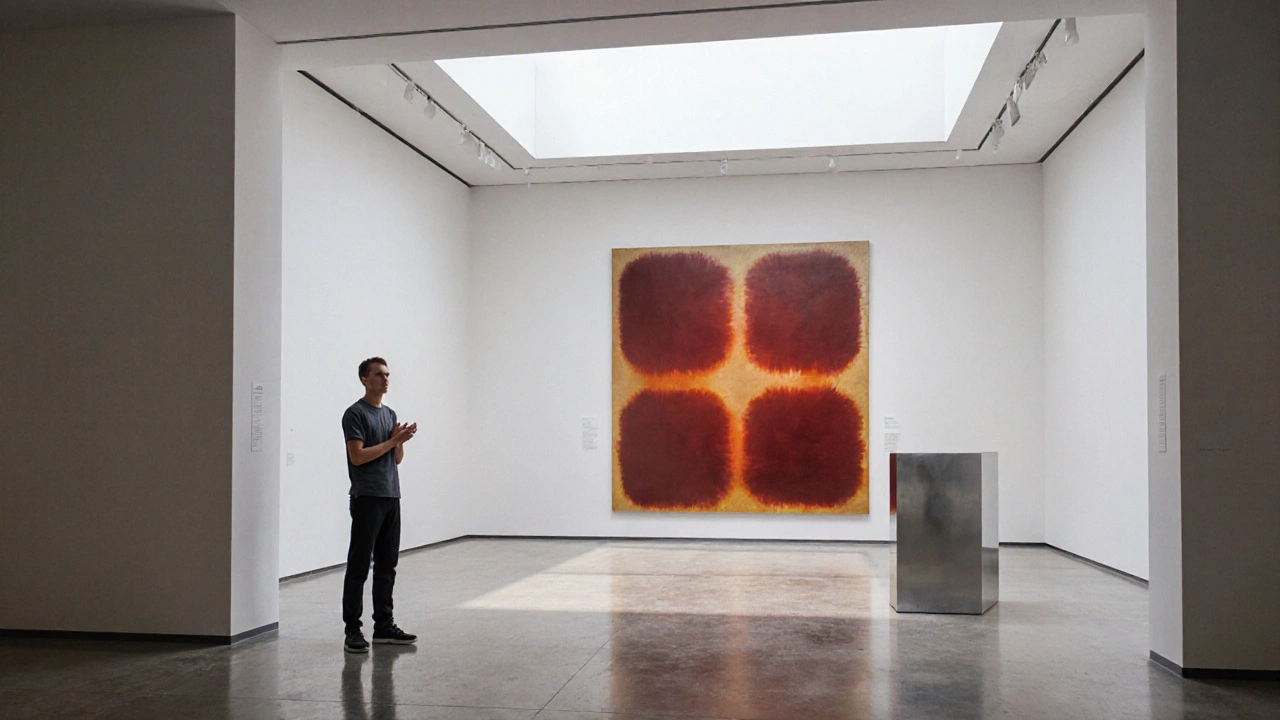Why Modern Art Fails – A Clear Look at the Issues
When talking about why modern art fails, the question probes the disconnect between artistic intent and audience reception. Also known as modern art criticism, it highlights how the movement often overlooks basic communication. Why modern art fails is not a vague complaint; it points to concrete gaps that show up in galleries, online platforms, and street walls alike. One key player in this drama is Modern Art, a broad movement that began in the late 19th century and keeps pushing boundaries. Modern Art frequently collides with Contemporary Art, the current wave of practices that blend technology, identity, and social commentary, creating a hybrid that can confuse viewers. At the same time, the Art Market, the economic engine that decides which works get priced, displayed, and sold often rewards novelty over substance, pushing artists toward gimmicks that lack depth. These three entities—Modern Art, Contemporary Art, and the Art Market—interact in ways that can either lift a piece or leave it sinking.
Key Factors Behind Modern Art’s Struggles
First, the lack of clear narrative is a major culprit. When artists prioritize abstraction without anchoring ideas, viewers struggle to find meaning. This ties directly to the hardest art style concept: techniques like hyperrealism demand meticulous skill, yet many modern works opt for shock value over technique, leading to confusion. Second, the market’s push for instant buzz means galleries favor works that fit trending hashtags rather than those that demonstrate solid craft. This market pressure creates a feedback loop where artists chase trends instead of refining their artistic techniques, the skills and methods like spatula painting, glazing, or digital generative processes that give work depth. Third, criticism often lacks a shared language. Critics swing between praising innovation and calling out pretension, which makes it hard for audiences to form consistent opinions. As a result, the public receives mixed signals, and the whole ecosystem—creators, dealers, and viewers—gets tangled. Understanding these dynamics shows that modern art fails not because it’s inherently bad, but because its ecosystem misses the balance between experimentation, craftsmanship, and clear communication.
So, what does this mean for anyone navigating the art world today? If you’re a creator, focus on grounding bold ideas in solid technique; if you’re a collector, look beyond hype and ask how a piece engages with both history and current discourse; if you’re a curator, consider how pairing works can build a narrative that helps audiences connect. Below you’ll find a curated selection of articles that dive into practical tools—like the spatula technique in oil painting, best canvas choices, and pricing guides for sculptures—as well as deeper looks at modern artists, contemporary art forms, and market trends. Each piece offers a piece of the puzzle, showing how mastering technique, understanding market forces, and communicating clearly can turn the narrative from “why modern art fails” to “how modern art can succeed.”
